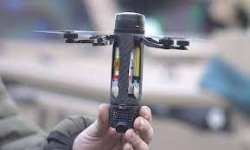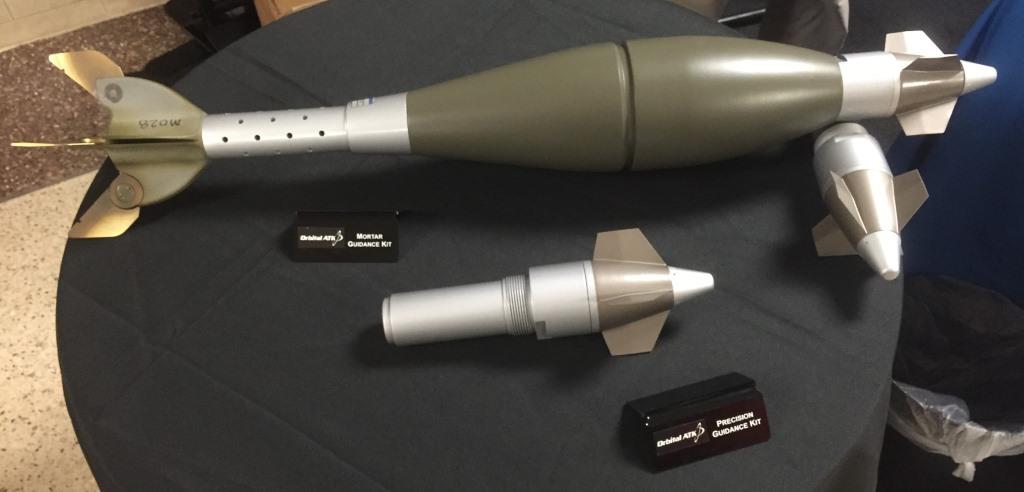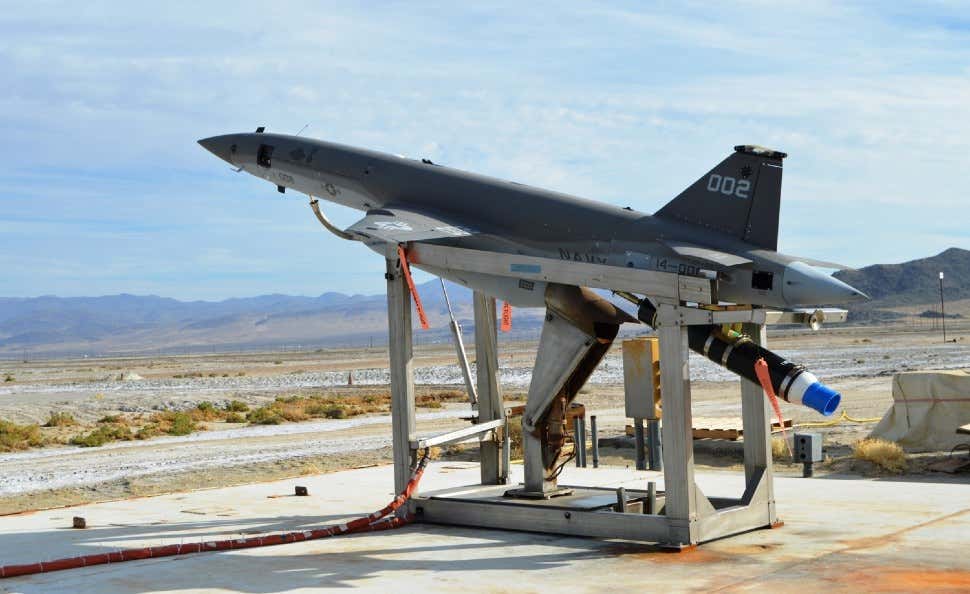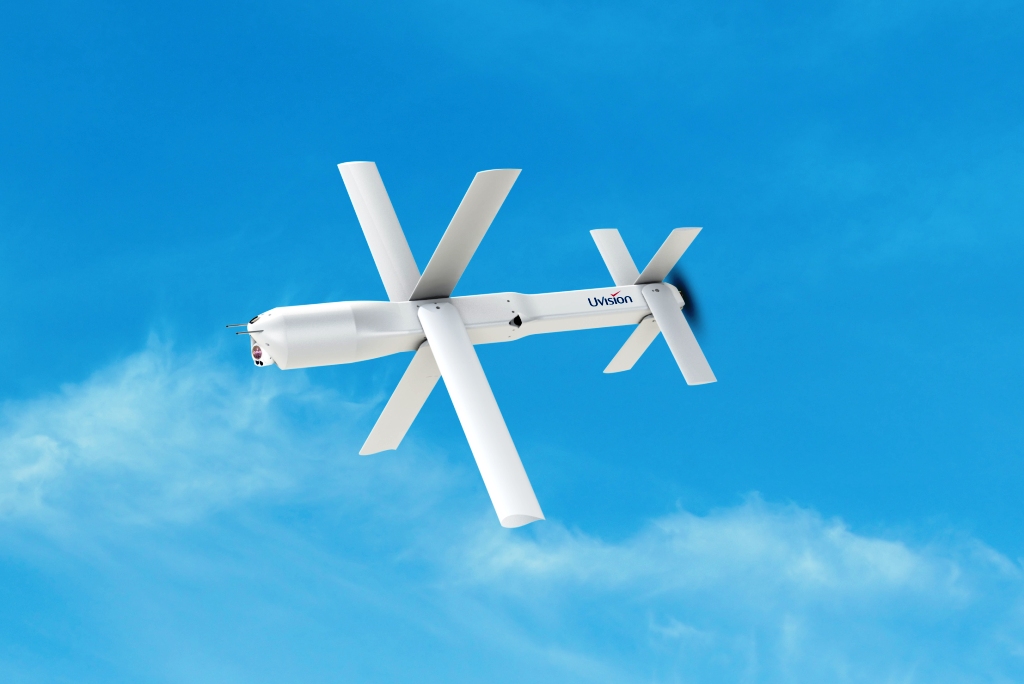Kirkhill
You should note that there are several CAOCs in existence - incidentally the operative term for the function is AOC or Air Control Center. the C for "Combined" simply indicates that it is a multinational organization and, through the absence of the indicator "Joint", means that it is essentially a single service operation which in this case means Air Force.
There is a brief overview of what a CAOC is and does in this wiki article:
Air Operations Center - Wikipedia
To muddy the waters even more, Air Space control is also an Army function albeit that it integrates into overarching Air Force structures - note as well that the terms "Control" "Operations" and "Coordination" are not synonymous but instead define separate yet integrated functions. Here's the US Army Field Manual on Airspace Control.
https://armypubs.army.mil/epubs/DR_pubs/DR_a/pdf/web/FM 3-52 FINAL WEB.pdf
It's interesting sometimes to think of how this field developed. I joined the artillery during the height f the Vietnam War when we started getting heavily involved in airmobile missions and fast air support so we started using systems to deconflict artillery, air defence and all those things that flew. As Vietnam faded from history we largely tended to ignore the issue in favour of the "big sky: little bullet" doctrine of airspace non coordination.

I can't put my finger on when we started getting serious about the issue again but we certainly had the main elements in place in the late 90s (Bosnia was probably a big factor) although it was one of those backwater fields that only the folks in it really cared about. Tarnak definitely energized the issue and it has stayed that way ever since. When the Army wrote off air defence, it managed to be smart enough to keep the ASCCs as operational entities.
Air space management is a complex field which is getting more complex by the minute. It not only requires a core of personnel well trained in the craft but a suite of specialized hardware and software from radars down to survivable and secure networks to specialized software such as FalconView.
One of the problems with any field like this is having a critical mass of trained people to ensure that there is an adequate career development capability. This is becoming difficult for the artillery which has been so deprived of numbers that stovepipes such as guns, observation and fire support coordination, surveillance and target acquisition and the soon to return air defence are hard to maintain. The artillery is fortunate that it has a specialized instructor in gunnery and master gunner capability for both officers and NCOs that maintains core knowledge alive in faltering fields.
All that to say that we need to be very careful with any exercise like this reduction to 15,000 folks in what capabilities we try to hive off to civilian agencies and which ones we need to hang on to as a military capability at any cost.
To get back to my hobby horse, the reserves, the ONLY way that I can see a reduction of the full-time force to such a low number is if we have a larger part-time force of military "doers" that can be called up in the event of an emergency and focus the full-timers as being instructors and keepers of the knowledge (the "knowers") and the equipment and whose time in units as "doers" is only long enough to gain the practical experience to give their theoretical knowledge a foundation. Divestment of key capabilities to civilian agencies (even related ones) will very quickly have the essential military skills fade away; day-to-day peacetime pressures will very quickly relegate essential in-an-emergency military skills to such a low priority that the skills will disappear.













